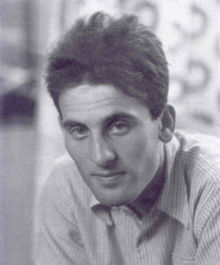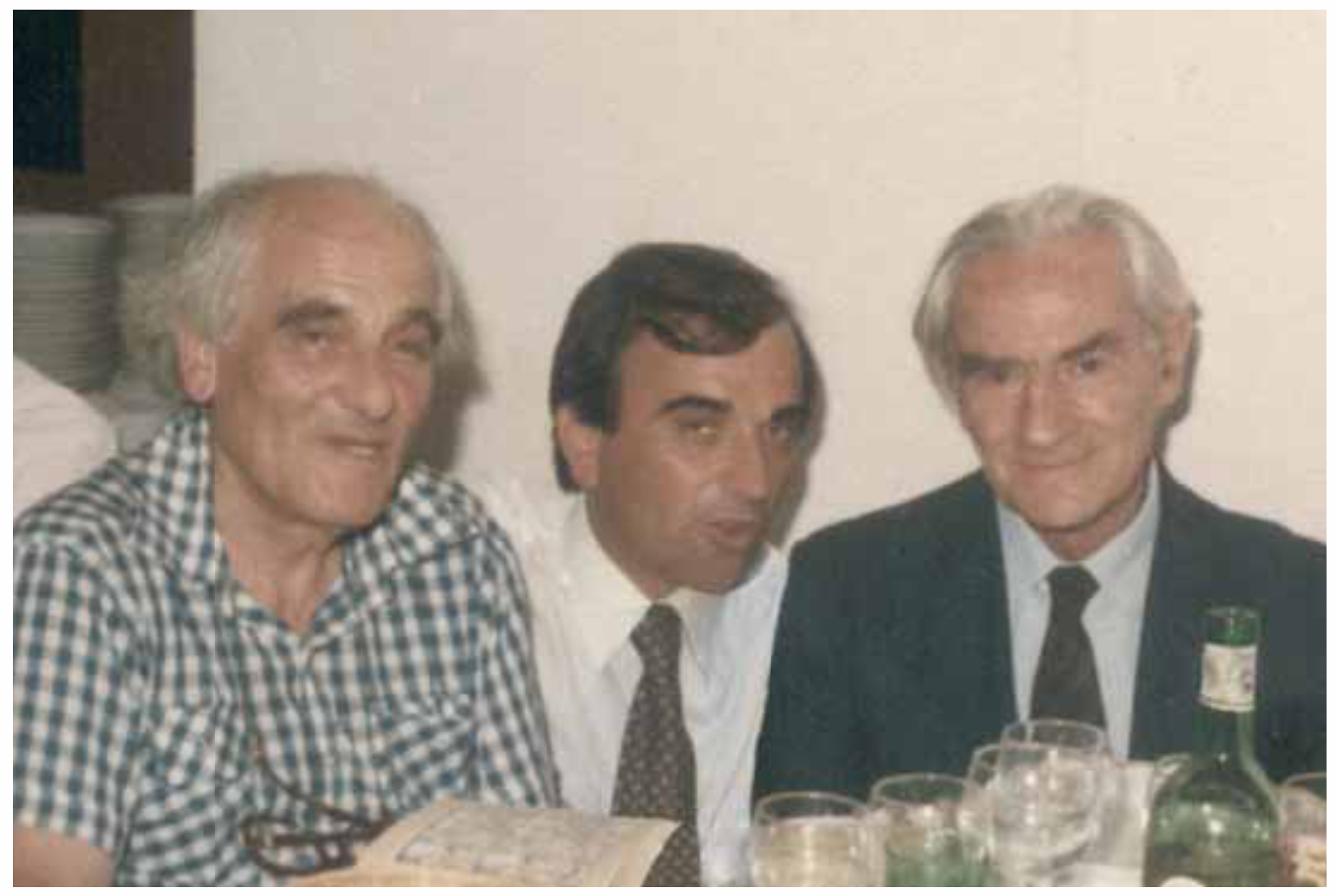Giuseppe Occhialini
Giuseppe Paolo Stanislao Occhialini called Beppo, ( born December 5, 1907 in Fossombrone, † December 30, 1993 in Milan ) was an Italian physicist.
He was the son of the physicist Raffaele Augusto Occhialini (1878-1951, professor in Genoa) and studied at the University of Florence, where he graduated in 1929 and then made further researched. He worked (some with Bruno Rossi) in the development of particle detectors, for example, cloud chambers. From 1931 worked at the Cavendish Laboratory in Cambridge, where he worked with Patrick Blackett. He triggerte a cloud chamber by a coincidence circuit so that they only made recordings during the passage of a particle, which greatly increased the efficiency. Blackett get so observations of the positron ( although he was beaten by a few months by Carl D. Anderson in the discovery ). In 1934 he returned to Italy, but soon came to Brazil due to the political uncertainty. 1937 to 1944 he was at the University of Sao Paulo, where he founded a school of physicists, and he was also a year in the biophysics laboratory in Rio de Janeiro with Carlos Chagas Filho. In 1944 he went to Britain, where did contribute to the war effort in the research, but was rejected, to his surprise. He started there for a collaboration with Cecil Powell in Bristol. Powell had introduced there photographic emulsions as particle detectors, a method refined the Occhialini. He tested the detectors also successful on the Pic du Midi in the Pyrenees ( Occhialini was passionate mountain climber ). In 1948 he went to the Free University of Brussels, and in 1950 he returned to Italy, where he taught in Genoa ( he was appointed professor by his father's influence ) and from 1952 at the University of Milan. In his early days in Milan, he was still working temporarily in Brussels and was commissioned by UNESCO with the construction of physical research in Brazil, where he founded a group to study cosmic rays in the Andes. In 1974 he resigned from the leadership of his Institute in Milan back.
Along with Cecil Frank Powell, who in 1950 was awarded the Nobel Prize in Physics, and his Brazilian students César Lattes he discovered in 1947 at the HH Wills Physical Laboratory, Bristol pi - meson. He also continued after the investigation of particles of the cosmic radiation and continued his research in high energy physics continued, as these increasingly shifted in the 1950s to particle accelerators. In particular, he took part in the research at CERN was founded in 1954 with his group in Milan. He dealt with later gamma-ray astronomy (where he again initially worked with Bruno Rossi) and was involved in the founding of the ESA ( 1963 ESRO ). His institute in Milan played a leading role in the gamma-ray satellite COS -B.
Occhialini received the 1956 Antonio Feltrinelli Prize and the 1979 Wolf Prize for physics. In 1949 he was awarded the National Award by the President of the Republic of Italy. He was a Fellow of the Royal Society since 1974 and since 1950 the Accademia dei Lincei.
The X-ray satellite BeppoSAX has the addition of Max's nickname of Occhialini. He had brought the development of the satellite along with Rossi on the way. An asteroid is named after him.
He was with the physicist Constance Dilworth (1924-2004) married, who was also a professor in Milan.
The Occhialini Medal of the Institute of Physics and the Italian Physical Society is named after him.








